|
We are in the presence of a revolution, a revolution of farmers! In case you hadn't noticed, revolutions are no longer about warfare. Today revolutions are spiritual, technological or ideological. Furthermore, the leaders no longer die for their cause, but instead, seek refuge in a neighbouring country until the danger passes or they simply change their beliefs. This is precisely what has happened in Kenya, a revolution. The coffee farmer's revolution! Although, according to our records collected over the years, we had established that Kenya was the African country where the best price per kg of cherry was paid (about 1 USD per kg). But the coffee farmers were not happy with that, and who is? We all want more, it's part of our human nature. The problem here was not greed, but rather that many of them did not generate enough income to cover their production costs. This resulted in many of them giving up coffee, in favour of more profitable crops such as avocado or macadamia.
0 Comments
As we enter 2024, we find our purchase planning clouded by uncertainty and doubt. As you may know, the new EU Deforestation Regulation (EUDR) requires companies trading coffee and other commodities such as livestock, cocoa, oil palm, rubber, soy and timber, as well as products derived from these, to carry out extensive due diligence in the value chain to ensure that the goods are not the result of recent deforestation, forest degradation or violations of local environmental laws. European importing companies will need to prepare for the new obligations that will apply from 30 December 2024. From the importer's perspective, the EUDR will require companies to digitally map their supply chains back to the farms where the coffee was grown, which could involve tracking thousands of small farms in remote regions. This is obviously impossible to do, because importers do not directly visit all the smallholders we work with and rely in part on data provided by local exporters, some of whom also do not deal directly with coffee farmers.
Tensions spilling over from the war in Gaza to merchant ships in the Red Sea escalated on Saturday when media reported that the Israeli military had shot down more than a dozen unmanned attack drones. The Houthis, an armed group that controls much of northern Yemen, have been carrying out drone and missile strikes against Israeli and US targets since the Hamas-led attacks on Israel on October 7. They have said they intend to prevent Israeli ships from sailing in the Red Sea until Israel stops its war against Hamas, which rules Gaza.
It's a question we get a lot, especially when we have popular coffees such as Ethiopia or Kenya coming in. Although the logistical process is not difficult per se, it involves so many steps that this, make it complicated. Therefore, it requires proper planning and coordination. At each of these steps there is a risk for quality of the coffee to be affected if anything goes slightly wrong. As we know, the quality of coffee is determined by the quality of the harvest, i.e., how ripe the cherry is when it is removed from the coffee tree. This is the maximum point of quality in the production chain, after that, everything is deterioration, or at best, maintenance. The task of getting your coffee from the plant to your roastery is what we call coffee logistics. It is a process that consists of three main stages: production, preparation and export/distribution. Each of these stages contains a series of sub-stages or tasks that are carried out by a large number of people and/or machinery. It is also important to note that a number of customs, legal and sanitary rules and regulations must be complied with. Furthermore, in our role as importers or buyers of green coffee, we must ensure that the highest quality standards are met at each of these stages.
The long journey of coffee has come to an end. It has been several months of arduous effort in which thousands of hands have worked together for a single goal, the production of coffee of the highest possible quality. Although the logistical situation has improved compared to last year, the departure from Ethiopia to Djibouti is chaotic and slow, which risks affecting the quality of the coffee and its moisture content. Ethiopia, the world's second largest producer of "arabica only" after Colombia, has only one harvest per year and in a very limited period of time. Producing so much coffee in such a short time is a major challenge, especially when there are deficiencies in such important aspects as infrastructure, capital flows, inflation, climate change and the lack of organisation so characteristic of Africa, but particularly present in Ethiopia.
We are not going to tell you that everything is hunky-dory in Ethiopia, that everything is perfect, that the coffee farmers are happy, or that the future is bright, because that is certainly not true. While there have been improvements in the humanitarian situation caused by the war, the economic and climatic situation is only getting worse. Temperatures are rising and rainfall is falling in a pattern that could lead to a 25% drop in production by 2030, and inflation is hitting hard, reaching 34% per annum last December. For a coffee importer, (I think we all share the same opinion) Ethiopia is the most challenging origin, but at the same time the most rewarding in terms of travel experience and coffee quality. Quality is part of the establishment, from a genetic and terroir perspective Ethiopia is always expected to have unique, complex and intense cup profiles, but there are problems related to human intervention that do not allow these high expectations to be realised.
Why would you prefer one over the other, if they are only separated by an imaginary border? A coffee grown in northern Burundi has exactly the same microclimate, varietal, process and terroir as one from southern Rwanda. There is no difference other than the name of the origin until this point of the production process, although there are many differences in various aspects. Both economies are overwhelmingly agricultural, and widely diversified farming is practiced throughout their territories. Arabica coffee is the main commercial crop and constitutes the main export of both countries. Being much more important in terms of total foreign exchange earnings for Burundi than for Rwanda, because the latter economy is more developed and diversified.
We often think that Burundi is not talked about enough in the specialty coffee industry, and at Kilimanjaro Specialty Coffees we want to change that idea and give this wonderful country and origin, which produces some of the best coffees in the world, the place that it deserves, on the African podium alongside Kenya and Ethiopia. One of the smallest countries in Africa, Burundi is landlocked and has an equatorial climate. Burundi is part of the Albertine Rift, the western extension of the East African Rift. This is important because the soils of the Rift Valley are volcanic and very fertile. Its cultivation areas are characterized by producing a cup with intense phosphoric acidity, full body with some fruity notes and complex flavour.
Our industry often forgets how important small farmers are to the work we all do every day. We can verify this every time we meet at events like the last World of Coffee in Milan, where the focus is mostly on competitions, machinery, influencers, but apparently no one realizes that without small coffee growers none of this would be possible, and they keep being ignored as they have been for 400 years. The current times are stormy, for no one in the world it should be a mystery that climate change is affecting our lives in a radical way. To no one either, it should be a mystery that inflation is hitting the pockets of the world's poorest people, and this particularly impacts coffee farmers who, despite record coffee prices, have not seen their income levels improve. Finally, due to the war in Ukraine, the shortage of fertilizers could cause a deficit of almost 20% in coffee production in 2022, in addition to the food crisis that it is already affecting various parts of Africa.
Coffee is a biennial cycle crop, which means that coffee trees have high productivity in one harvest and low production in the next, due to the plant's need for recomposition. This phenomenon has a greater influence on coffee of the Arabica species, and a greater economic impact on those origins that have only one harvest a year, as is the case in Ethiopia. During the 2022 harvest in Ethiopia, production was affected by a negative biennial cycle, where flowering decreased due to the need of the plant to recompose itself after a very productive period last harvest 2021.
|
Archives
April 2024
Categories
All
|
- What We Do
- Que Hacemos
-
Origins
-
Orígenes
- Education
- Educación
- Contact
- Contacto
- Home Roaster Store
- Tienda del Home Roaster

|
Copyright © 2015-2024 | Kilimanjaro Specialty Coffees España S.L.U. All Rights Reserved.
|
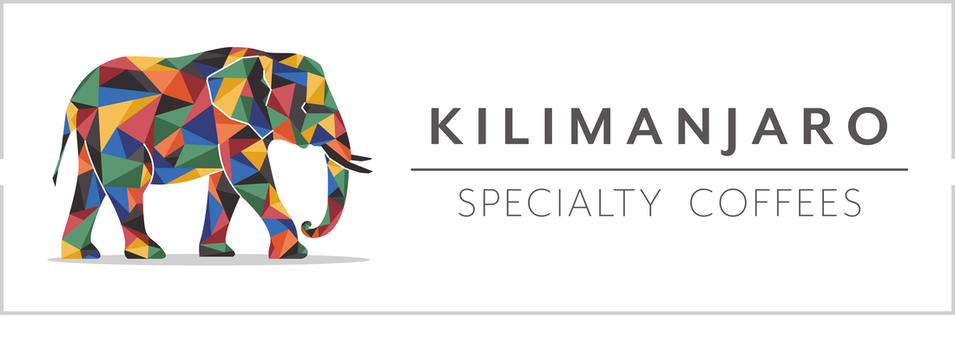
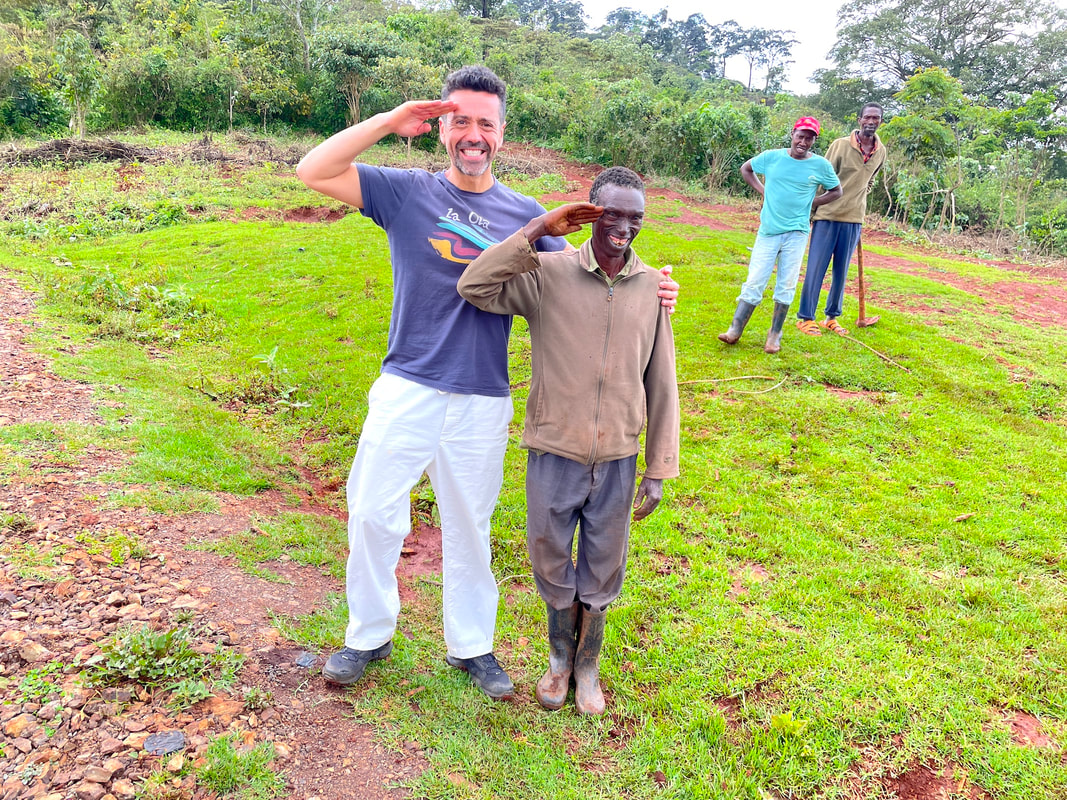
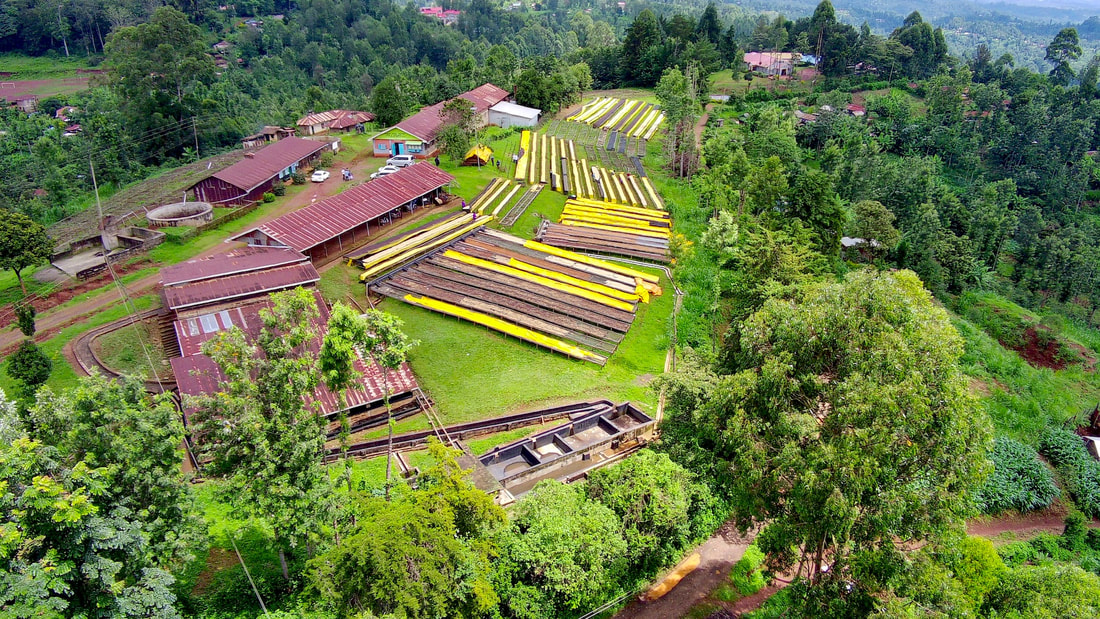
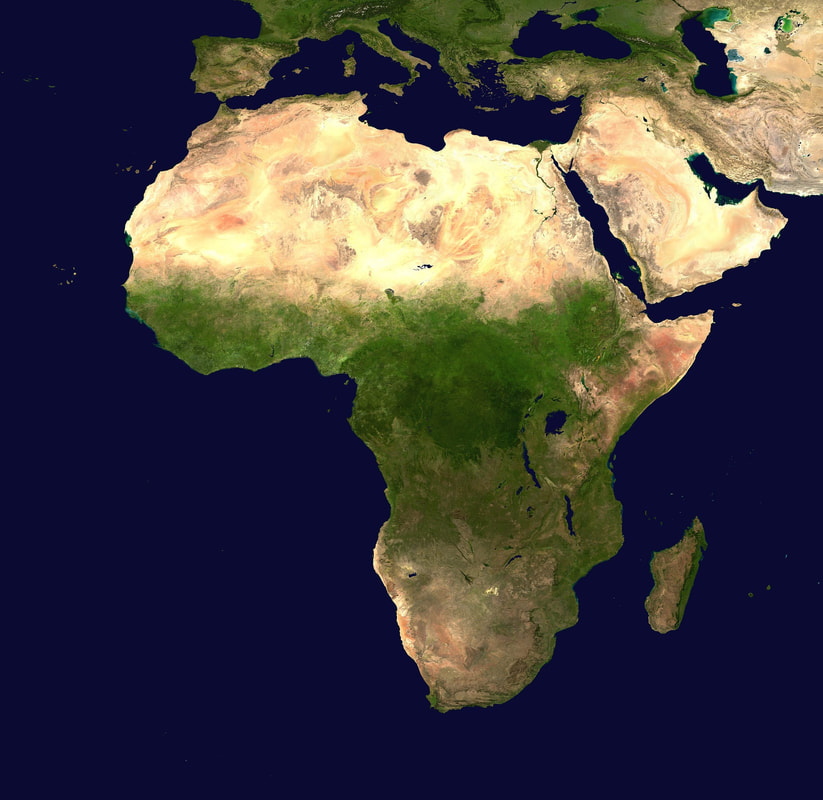
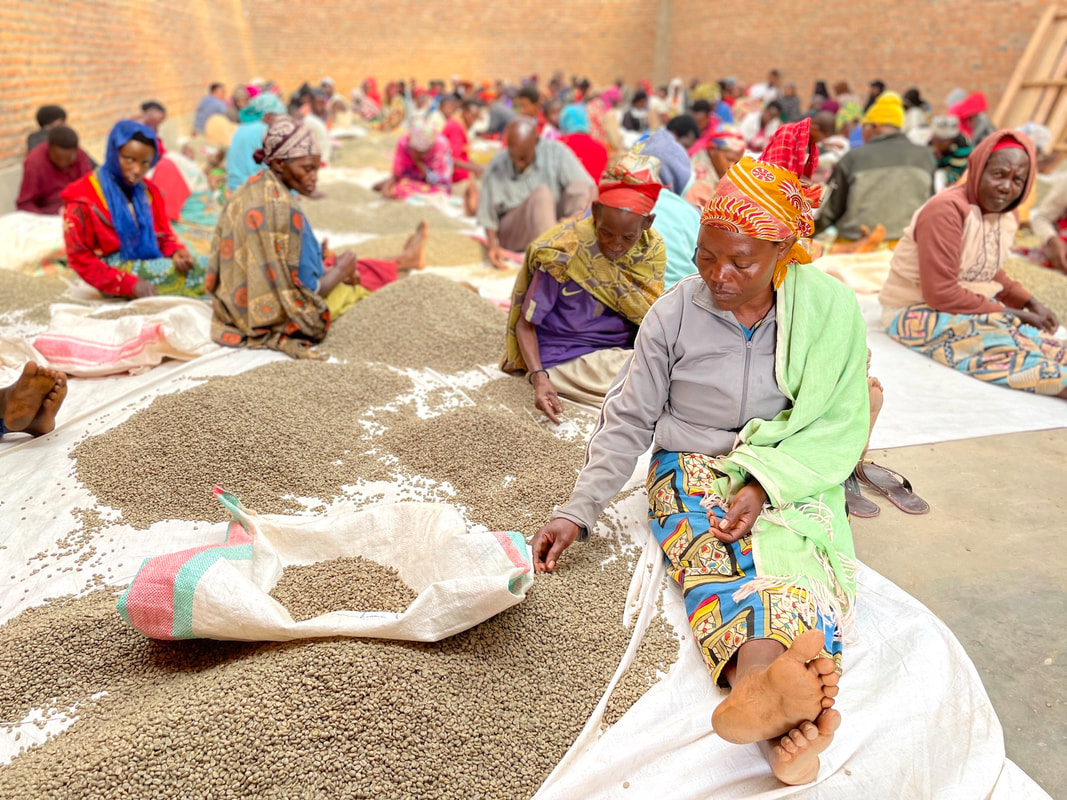
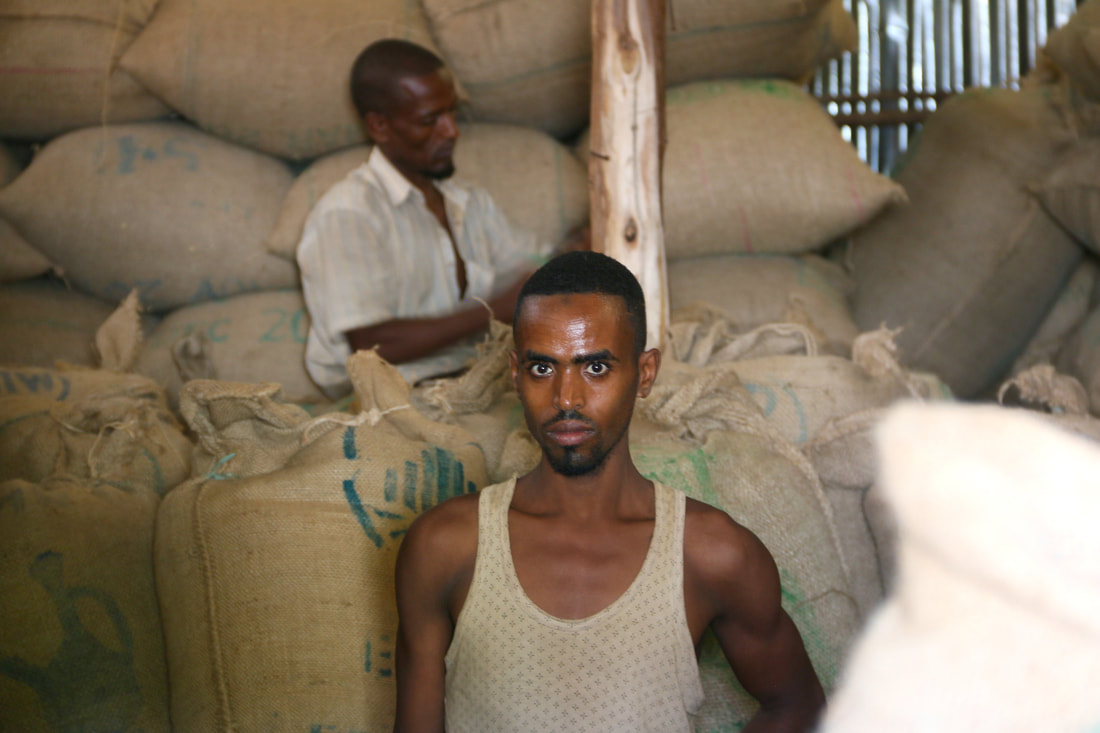
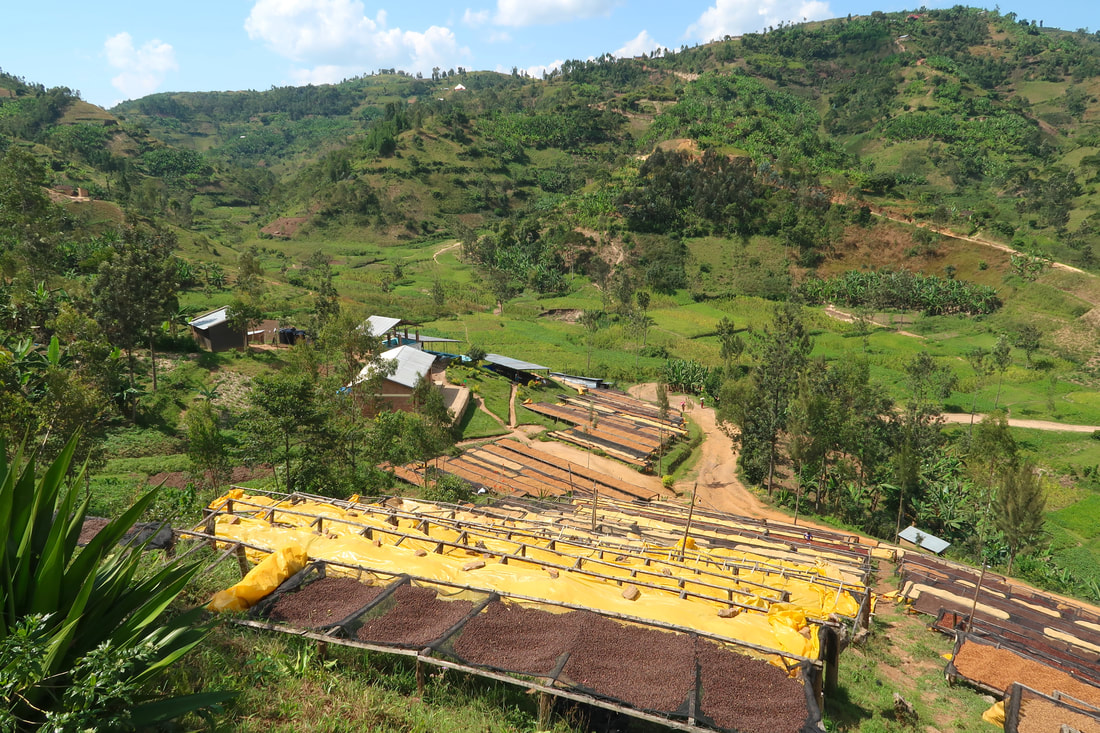
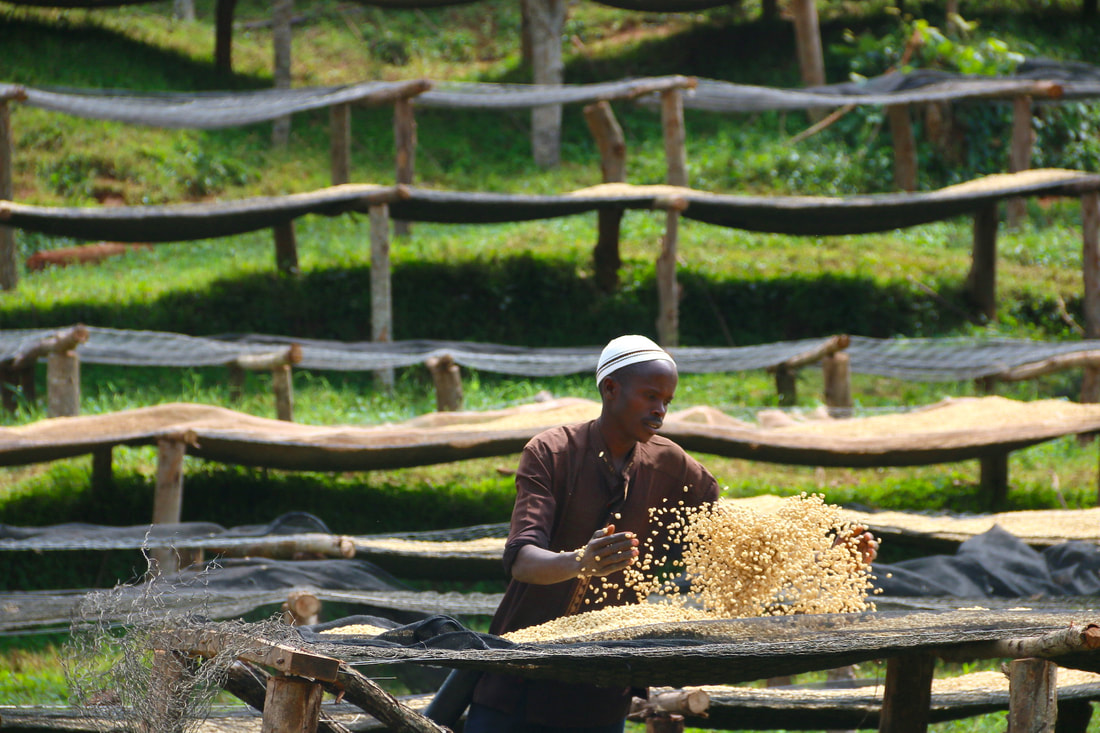
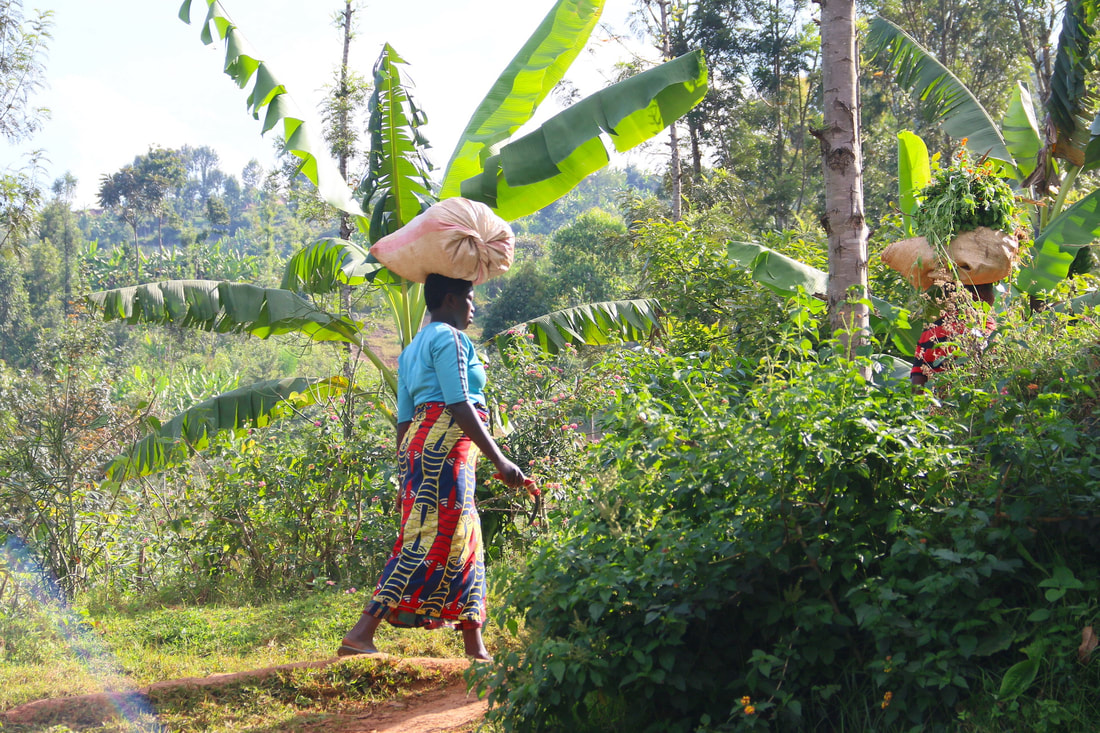
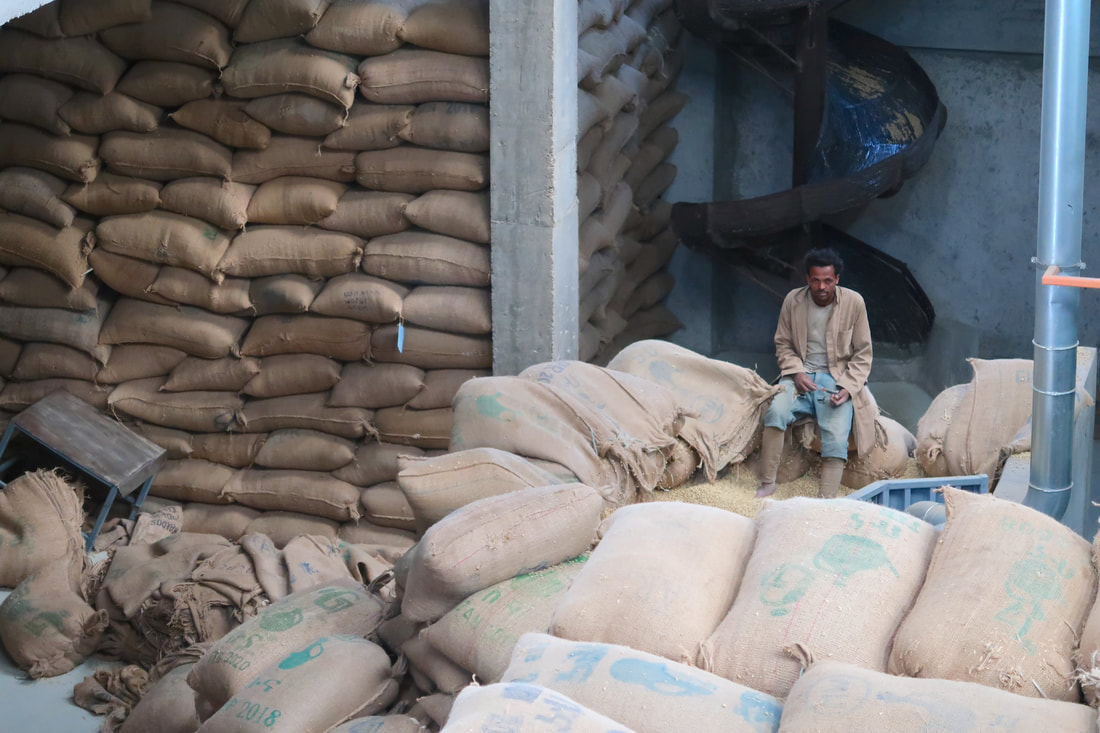
 RSS Feed
RSS Feed